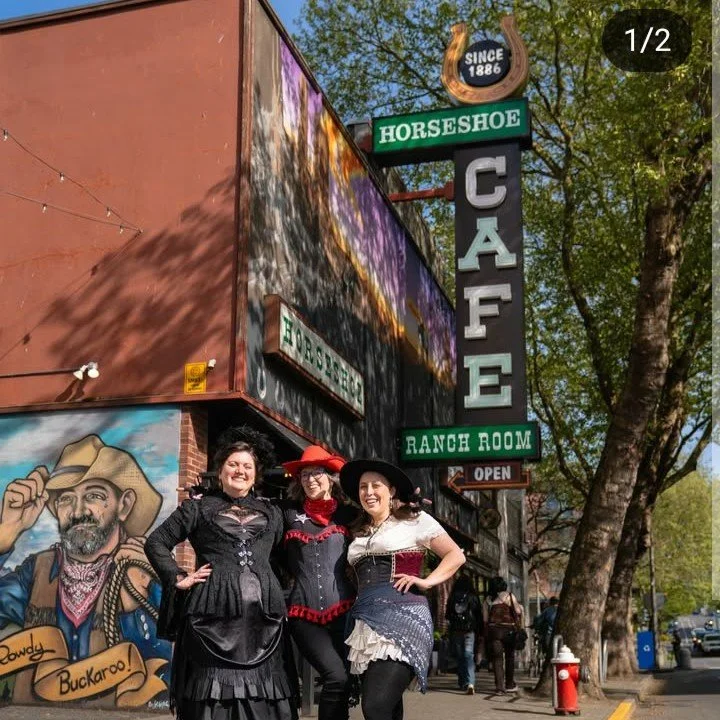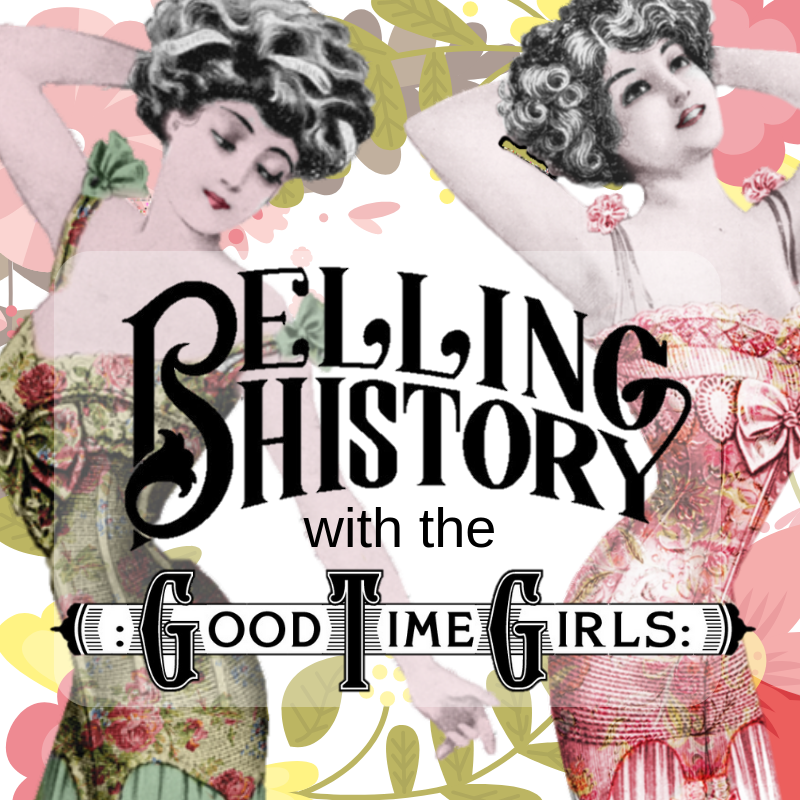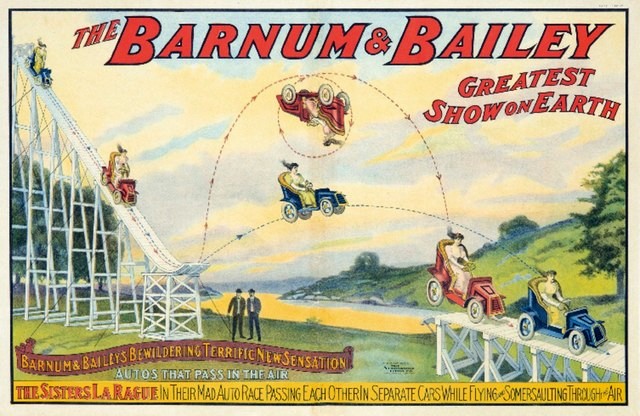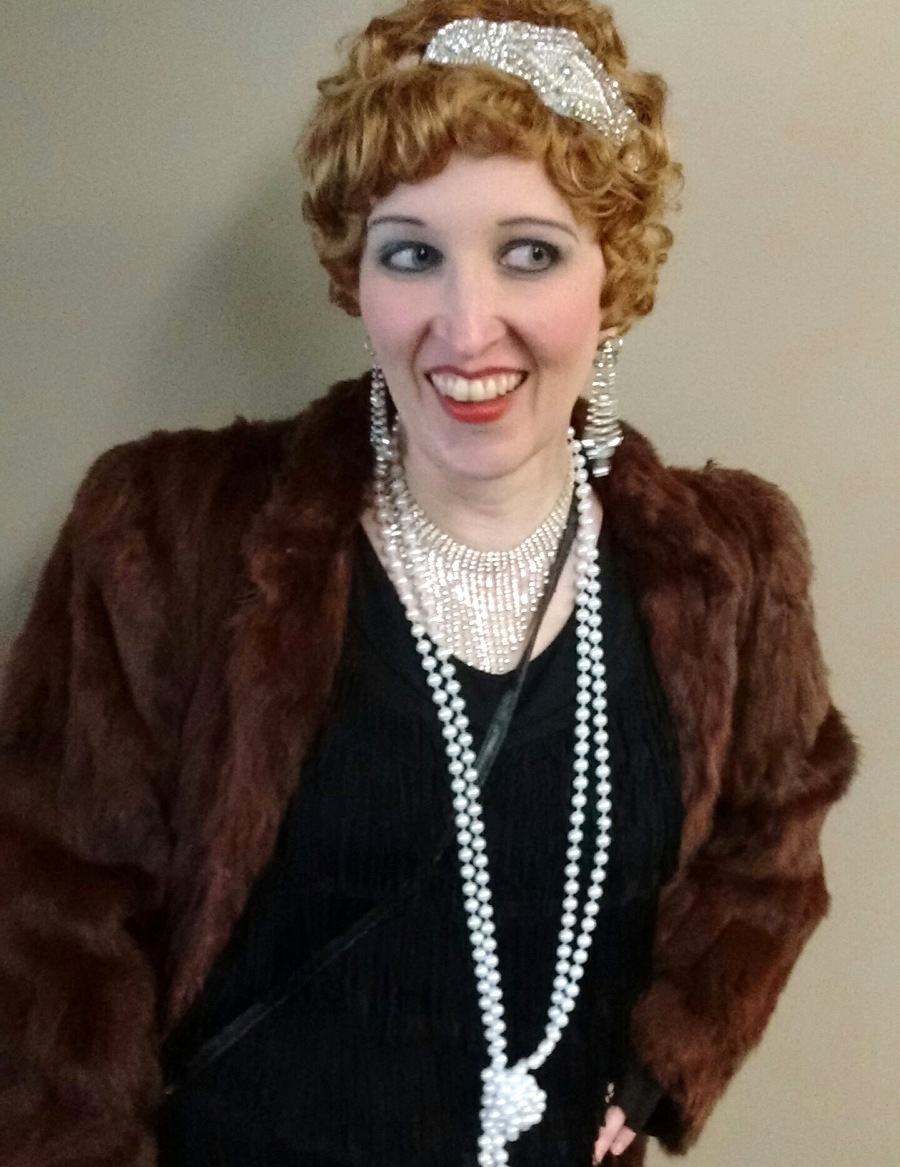Blog Posts and Podcast Notes

The Podcast: Sea Monsters (Part 1)
In this episode we dive in (pun intended) to the seemingly bottomless pool of sea monster stories. Whether they be myth, lore or just a really big fish, “monsters of the deep” have inspired many a whopper of a tale here in Bellingham and the PNW over the years. Release the Kraken!
A Cold and Stormy Night October 1888
Ella Rhoads Higginson’s recollection of her arrival on the shores of Bellingham Bay on a dark night in October of 1888 and the “horrors” she encountered, is the perfect seasonal read for BellingHistory nerds. The story was written some 20 years after the fact and originally published in the American Reveille June 14, 1908. It was later reprinted in Edith Beebe Carhart’s 1926 compilation “A History of Bellingham, Washington” and in Lela Jackson Edson’s 1951 “The Fourth Corner.”




























